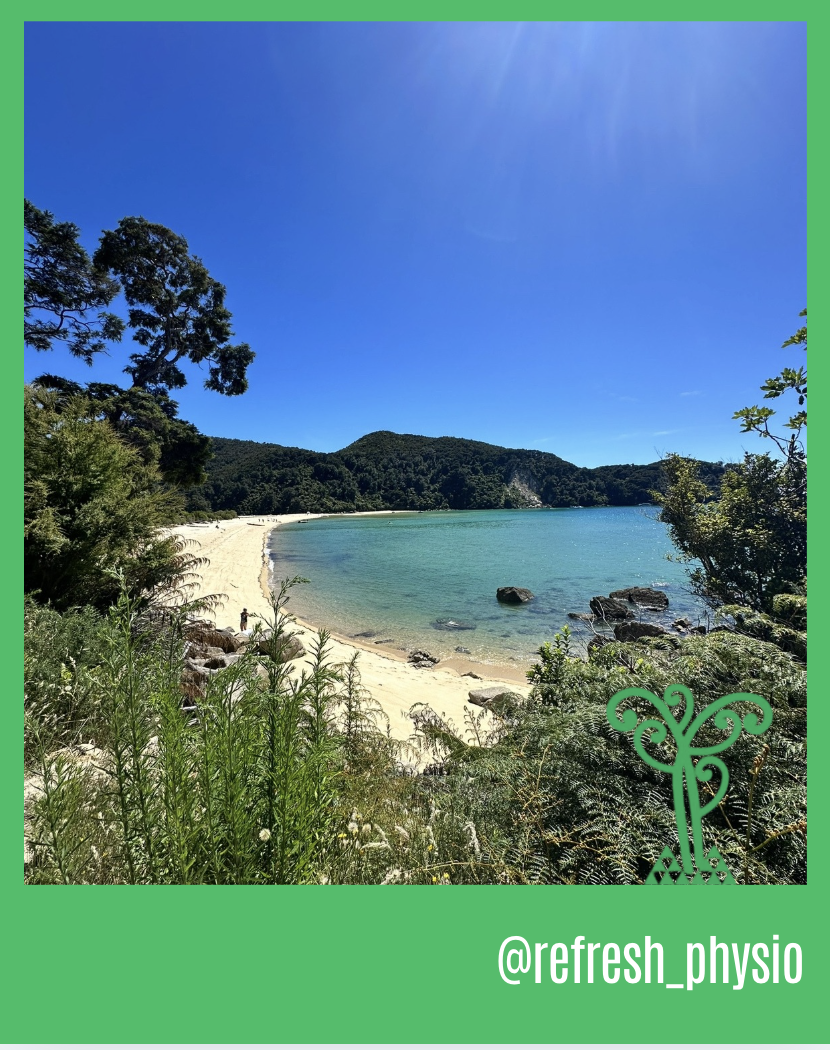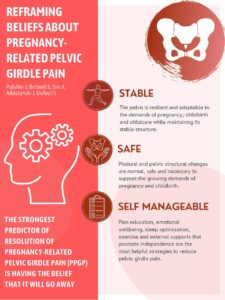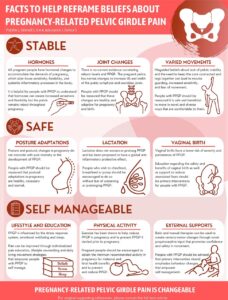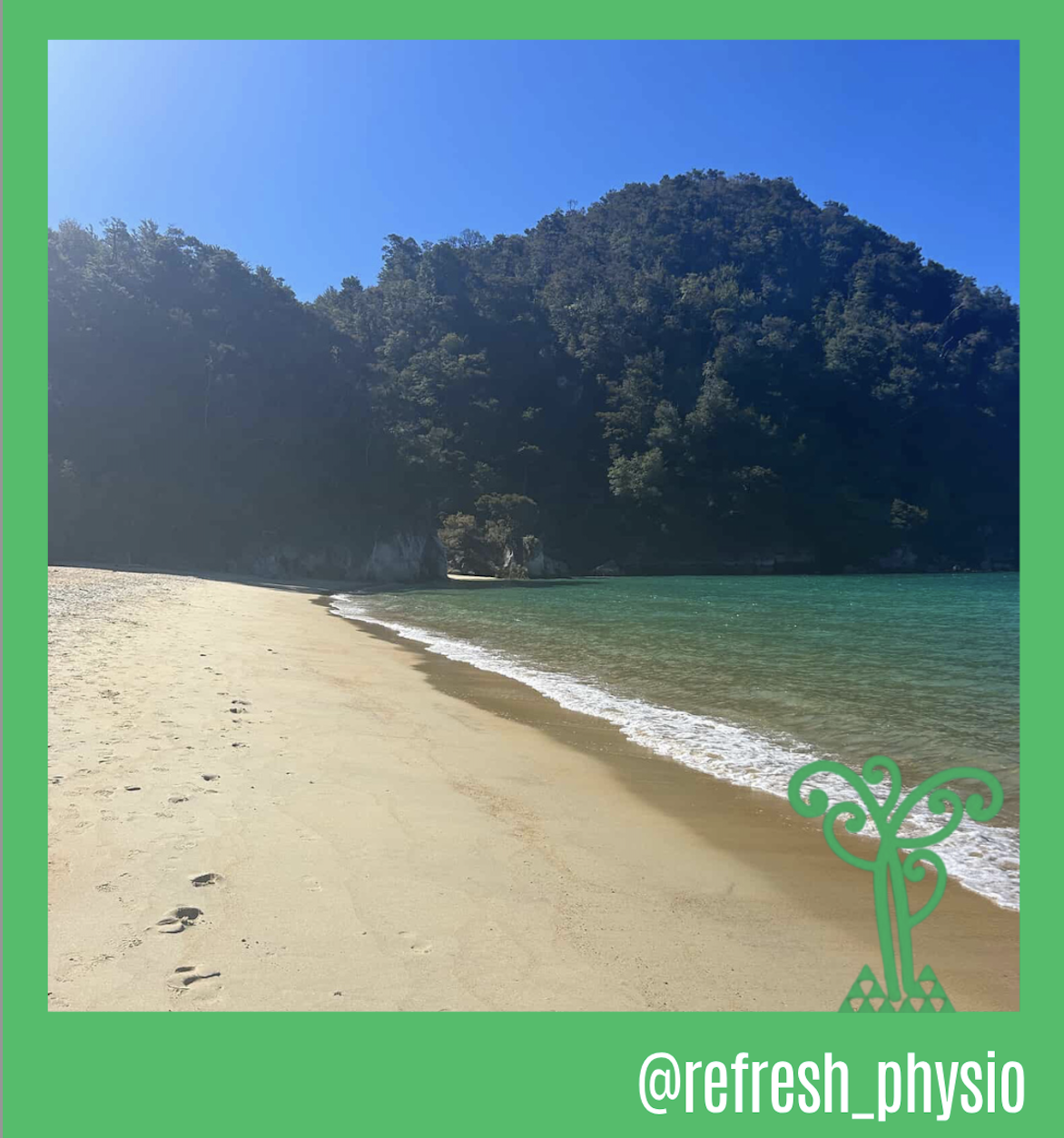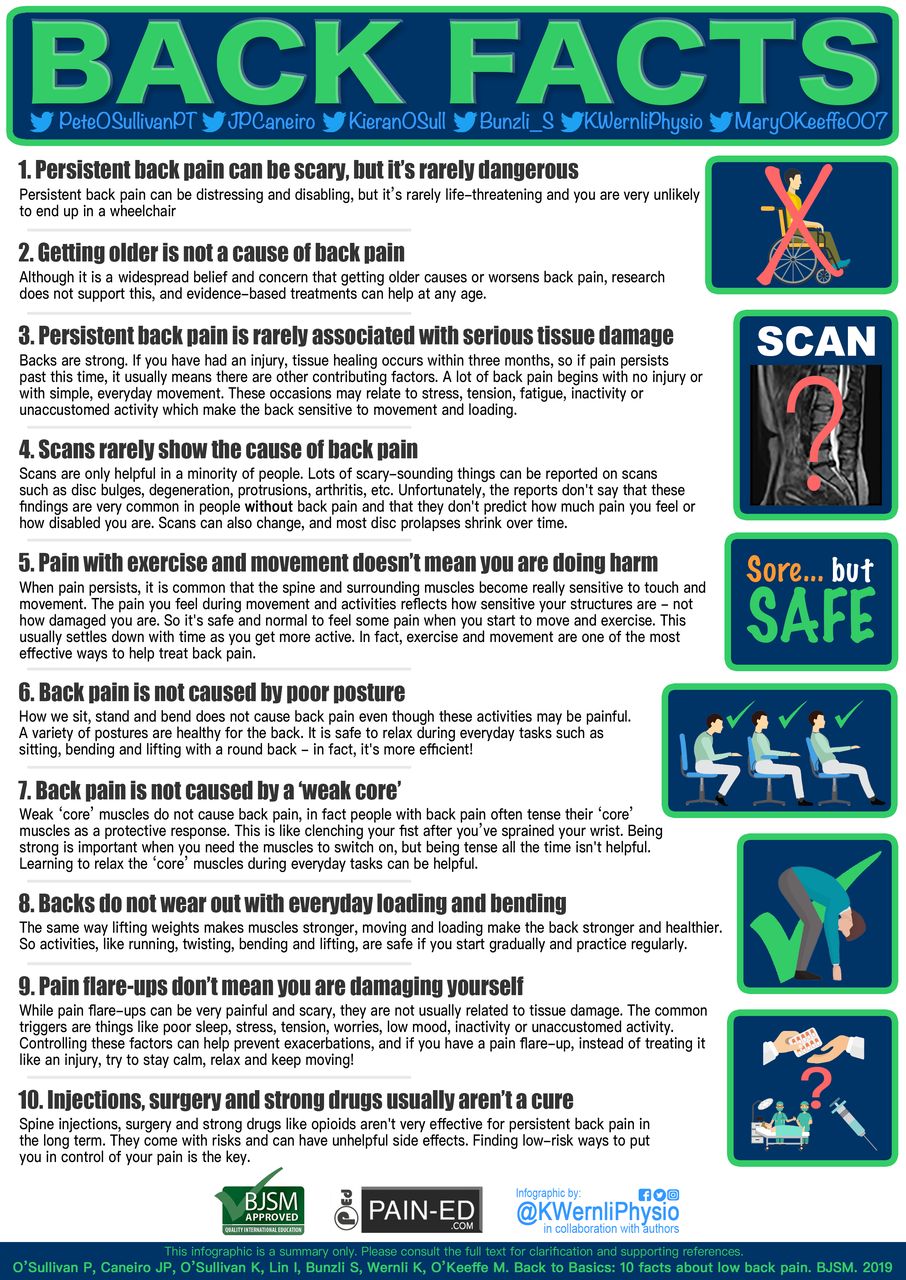Iron Deficiency in Female Athletes
Iron deficiency (ID) is one of the most common micronutrient deficiencies affecting female athletes,
with prevalence rates reported as high as 60% in endurance sports. Unlike the general population,
female athletes face a unique set of risk factors that increase their vulnerability to low iron stores,
even before progressing to iron deficiency anaemia (IDA).
Why Female Athletes Are at Greater Risk
The combination of menstrual blood loss (approximately 10–40 mg of iron per cycle), increased iron
turnover from high training loads, gastrointestinal blood losses, and low dietary intake or low
energy availability (LEA) puts female athletes at particular risk. Endurance training (including
altitude exposure), vegetarian/vegan diets, sweat losses, foot-strike haemolysis, and conditions like
coeliac disease or Crohn’s disease further contribute.
The Three Stages of Iron Deficiency
1. Stage 1 (Depleted Iron Stores):
Low serum ferritin (<35 µg/L) but normal haemoglobin (Hb >120g/L) and transferrin
saturation (Tsat >16%).
2. Stage 2 (Iron-Deficient Erythropoiesis):
Ferritin drops below 20 µg/L, Hb remains stable, but Tsat may begin to fall.
3. Stage 3 (Iron Deficiency Anaemia – IDA):
Both ferritin (<12 µg/L) and Hb (<120g/L) are low, impacting oxygen transport capacity and
leading to clear performance impairments.
Impact on Health and Performance
Iron plays a crucial role in oxygen transport (via haemoglobin and myoglobin) and cellular energy
production (as a cofactor in mitochondrial oxidative phosphorylation). Evidence from systematic
reviews and randomised trials shows that correcting ID improves endurance capacity, VO₂ max, and
energetic efficiency in female athletes, even before anaemia develops (Burden et al., 2015;
Dellavalle & Haas, 2014; Pengelly et al., 2024).
Common but often misattributed symptoms include:
Fatigue
Reduced endurance
Frequent illness
Mood changes
Sleep disturbances (restless legs)
Poor training motivation
Jelly legs &/or light-headedness during/after exercise
Role of Hepcidin and Timing of Iron Intake
Hepcidin, a hormone regulating iron absorption, typically rises 3–6 hours after exercise, reducing
iron uptake from the gut. Hepcidin levels are higher when iron stores are sufficient and lower when
stores are depleted (ferritin <30 µg/L). To maximise absorption, athletes should take oral iron in the
morning or within 30 minutes post-training, avoiding the post-exercise hepcidin spike (McCormick
et al., 2020).
Blood Testing and Biomarkers
Assessment should include:
Serum Ferritin (sFer)
Haemoglobin (Hb)
Transferrin Saturation (Tsat)
C-reactive protein (CRP) – to identify inflammation that may falsely elevate ferritin
Optional: Soluble transferrin receptor (sTfR) for further clarification
For accurate results:
Test in the morning
Athlete should be well-hydrated (urine specific gravity <1.025)
Minimise exercise in the 24–48 hours prior
Ensure no recent infection or illness
Nutrition and Supplementation
A ‘food first’ approach is always the starting point, focusing on both haem iron sources (meat, fish,
poultry – 5–35% absorption) and non-haem sources (wholegrains, legumes, green leafy vegetables,
fortified cereals – 2–20% absorption).
Vitamin C (50–100 mg) co-ingestion enhances absorption, while phytates, polyphenols, calcium,
and zinc inhibit it.
Oral Iron Supplementation
When dietary changes are insufficient, oral iron supplements (typically ~100 mg elemental iron per
day) are recommended for 8–12 weeks. Taking iron on an empty stomach with Vitamin C can enhance absorption but may cause gastrointestinal side effects such as nausea, constipation, and
abdominal discomfort. If poorly tolerated, strategies include:
Alternate day dosing
Lower doses (e.g., 60 mg/day)
Controlled-release formulations
(McCormick et al., 2020)
Intravenous (IV) Iron
IV iron is reserved for athletes with severe IDA, poor oral tolerance, or failure of oral treatment,
and is typically coordinated with a sports physician.
Important:
IV iron is a prohibited method under WADA (World Anti-Doping Agency) unless it meets
Therapeutic Use Exemption (TUE) criteria.
Infusions exceeding 100 mL over 12 hours require a TUE, with full documentation and
justification (WADA, 2024).
Ongoing Monitoring
Regular blood monitoring (every 3–6 months in at-risk athletes) is essential to prevent recurrence,
assess treatment efficacy, and avoid over-supplementation, which can lead to iron overload or
oxidative stress.
Summary
If you’re a female athlete experiencing unexplained fatigue, low mood, frequent illness, or
declining performance, assessing and managing iron status could make a critical difference to both
your health and your results.


